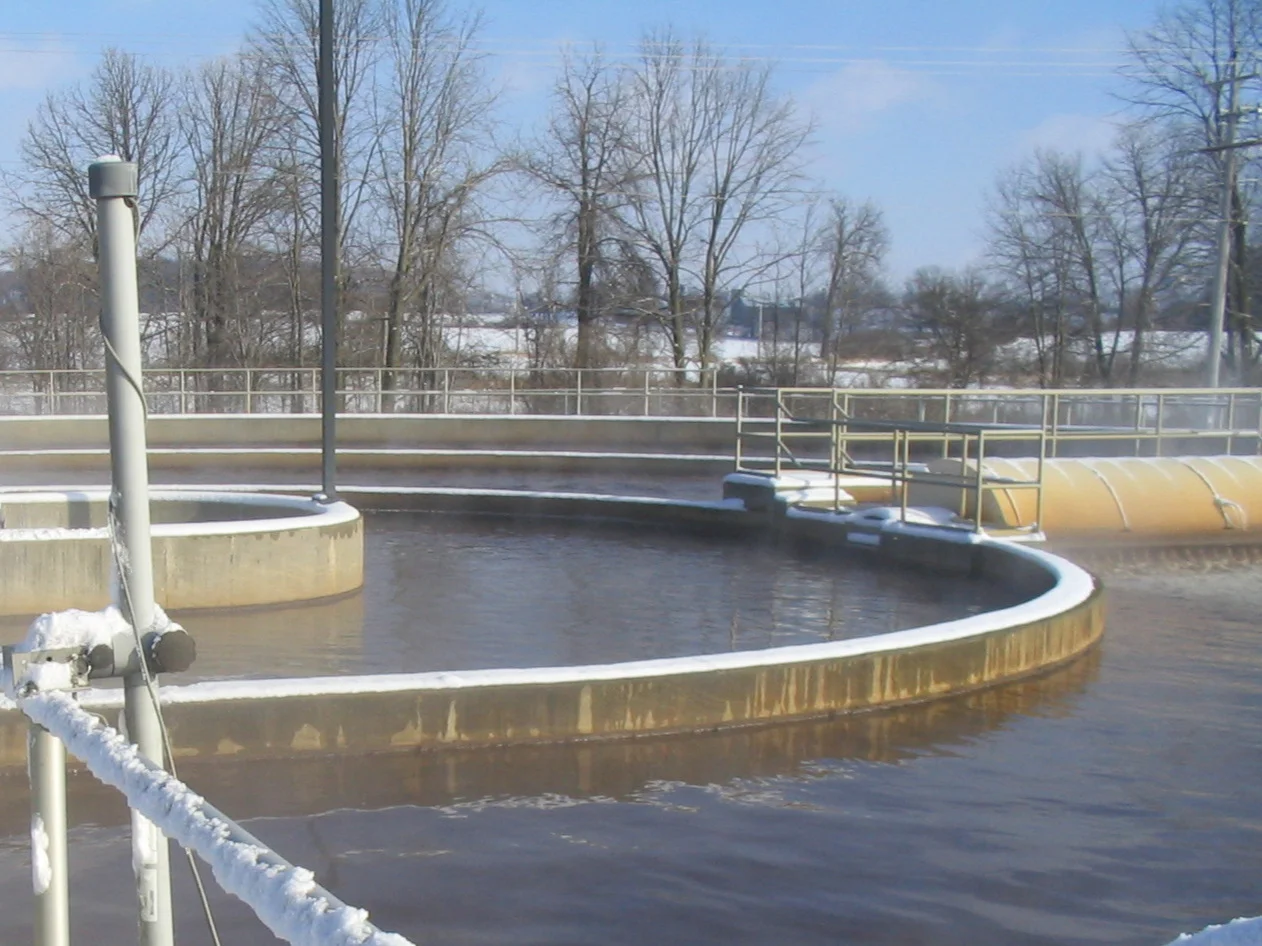When designed correctly, water and wastewater facility infrastructure can last for decades. The planning and modeling of this infrastructure greatly affects daily operation and maintenance, water quality, community development and growth, and the ability for a community to meet changing regulations. Learn why strong water and wastewater infrastructure facility plans are key to setting up the future successes of these community resources.
The WDNR has launched a statewide initiative to mitigate per-and polyfluoroalkyl substances (PFAS) in our drinking water. Learn why there’s increasing concern over PFAS in the environment, the possible human health effects caused by PFAS exposure, and how potential new state regulations may impact your municipal wastewater treatment facility.
When a powerful storm wreaks havoc across your community, the last thing City workers need to be concerned about is running out into the storm to haul a generator across town to ensure a wastewater lift station is functioning properly. Learn how the design of standby generators and their enclosure can safeguard your wastewater facilities.
R/M recently partnered with the City of Columbus to coordinate a water quality trade with Nasco, a neighboring industrial point source located within the Rock River Basin. Keep reading to learn how our team helped Nasco and the City protect the Rock River and comply with their permit limits.
Process instrumentation is an often overlooked, yet incredibly important component of wastewater treatment operations in small to medium size wastewater treatment facilities. Learn how the City of Hartford Water Pollution Control Facility (WPCF) implemented additional process instrumentation to enhance their operations.
Process instrumentation and overall solids management are two often overlooked, yet incredibly important components of wastewater treatment operations in small to medium size wastewater treatment facilities. Learn how effective process instrumentation and management of the downstream solids process can greatly improve your facility operations.
The Village of Hartland’s Arlene Drive sanitary lift station serves a high-end residential community adjacent to a golf course. Many of the homes served by this submersible lift station use a cleaning service. Unfortunately, “disposable” wipes and other cleaning materials that are frequently used by these cleaning services are often flushed down the toilet, clogging the lift station pumps. Before this issue was resolved, the Village utility staff were sent out several times a week to pull the pumps from the wet well and unclog them.
The City of Franklin had one subdivision that was experiencing unusually high peak to average sewer flows. A hundred homes were 1950’s vintage, the subdivision was rural cross section with ditches, and there were known homes with hung plumbing and possible cross connections. Learn how utility rehabilitation assisted in resolving this issue.
Do you have an area in your system where breaks are common, back-ups are anticipated, or bypassing occurs frequently? Effective management and planning by public works staff are critical to meet the demands of deteriorating infrastructure and go from being “reactive” to “proactive” with maintaining your underground facilities.
Water systems across all fifty states have tested positive for lead contamination that threatens the health of those who drink it, especially young children and pregnant women. According to the Environmental Protection Agency, there is no safe level of lead, particularly for children. While Wisconsin communities have done a good job of providing safe water, communities can use new legislation to further improve safety.
The City of Peshtigo has experienced recent sewer system overflow events that have been partly due to high wet weather flows. R/M assisted in performing a smoke testing program as part of the City’s sewer system evaluation survey (SSES).
Some of the primary goals of CMOM programs are to protect public health, avoid basement backups, prevent sanitary sewer overflows, and protect the infrastructure investment. Municipalities place high emphasis on investigating private laterals in addition to the public sewers when they experience higher flows at their wastewater management facilities, sewers surcharge, or basements backup during wet weather events.
A TMDL affects municipalities in two main ways; through its wastewater treatment facility (WWTF) permit or through its Municipal Separate Storm Sewer System (MS4) permit.
Learn more about several innovative approaches municipalities can take in working towards TMDL compliance.
Why do some streams have TMDLs while others don’t? When monitoring or sampling results over a designated period of time reveal problems with the physical, biological and/or chemical conditions of a stream, river or lake, a waterbody can be listed on a state’s Impaired Waters List.
Many communities have sites that local citizens have committed to maintaining. Adopt-a-Road programs have existed for many years now, and now Adopt-a-River programs are growing in popularity as well.
It may be sunny and 80 degrees outside, but it’s the perfect time to think about snow and ice. Many training sessions will be held this fall addressing road salt and other winter road management activities.

















